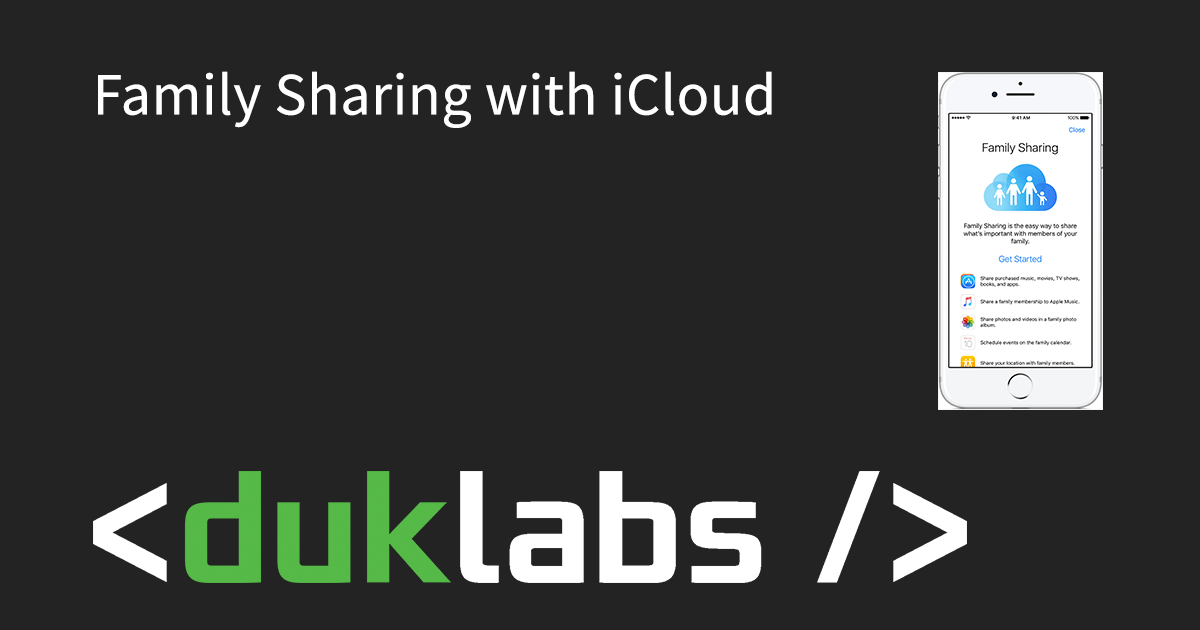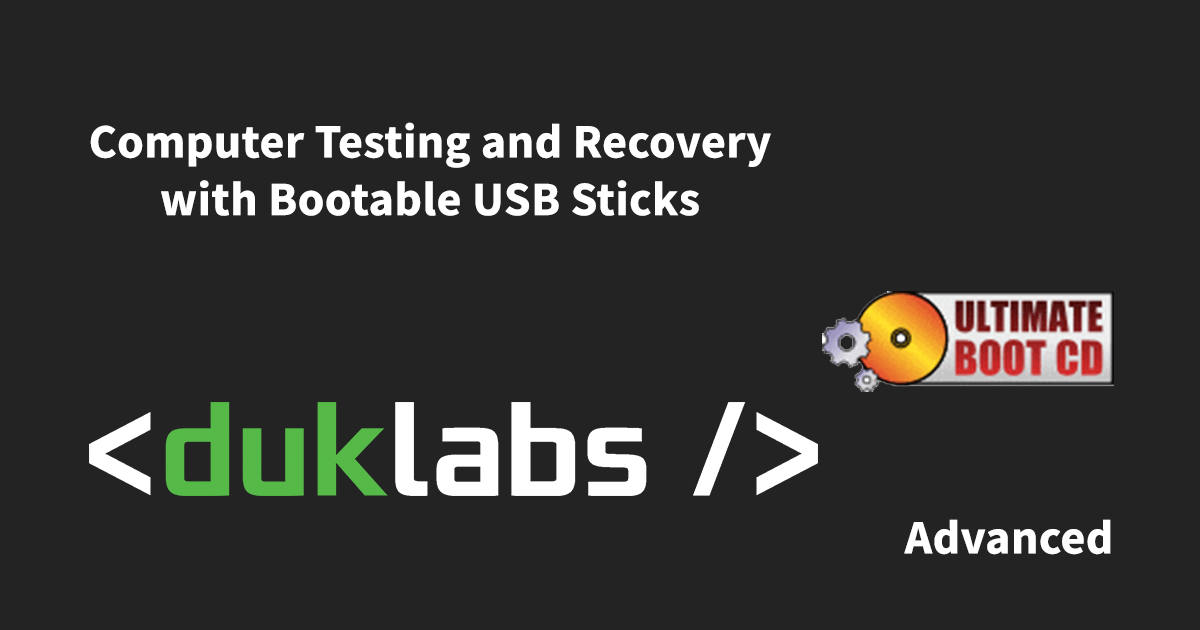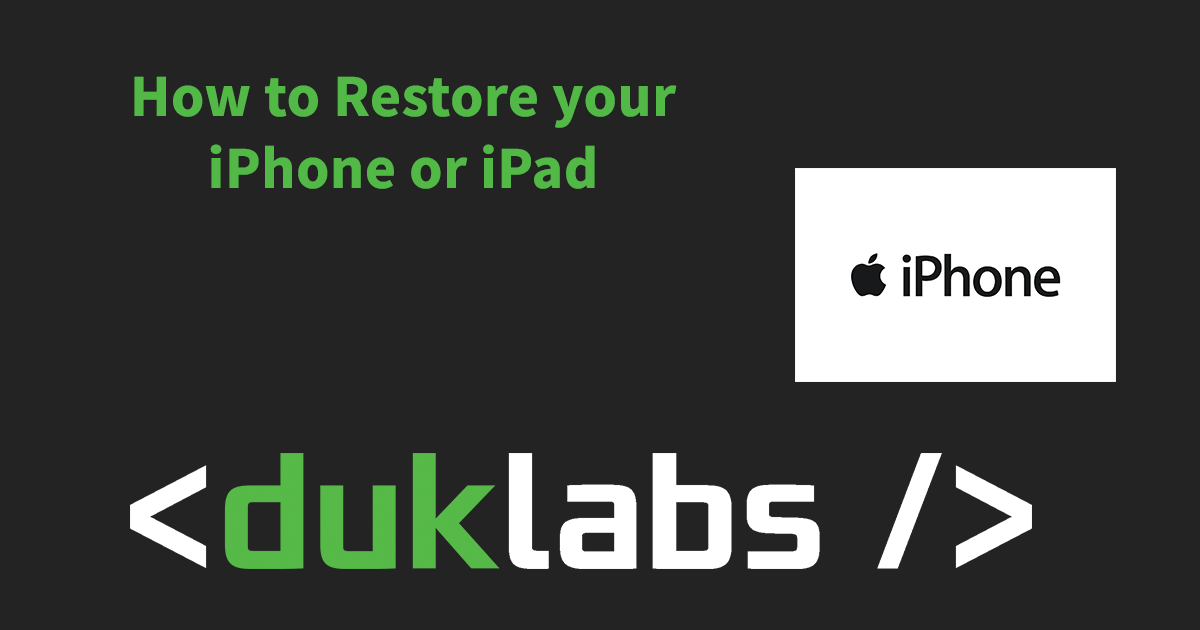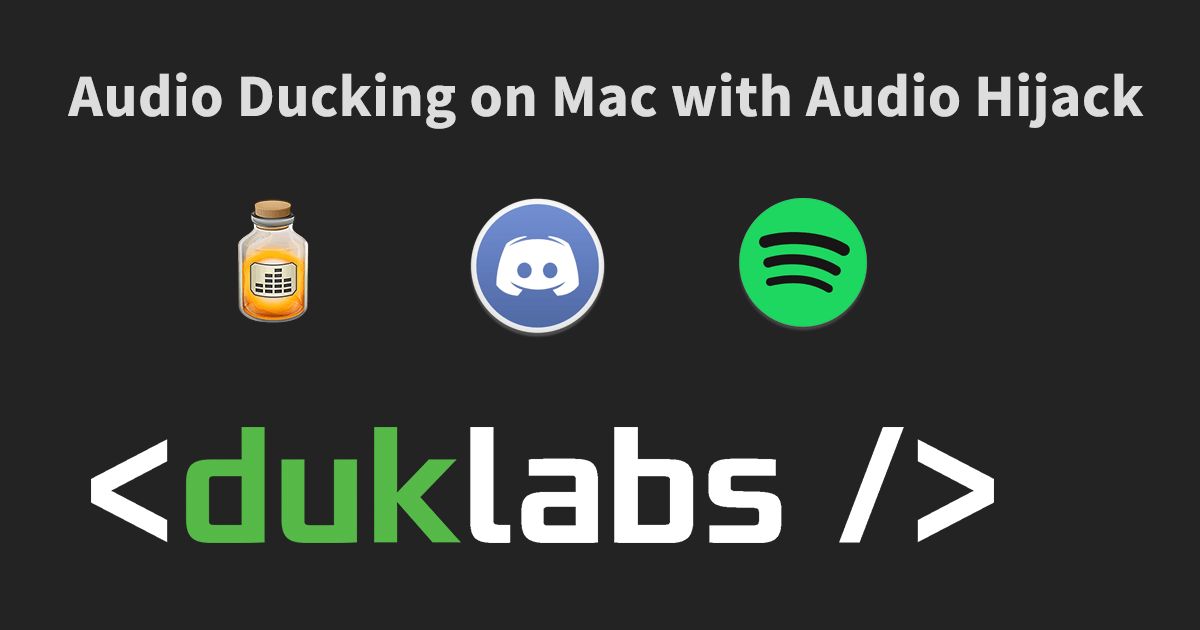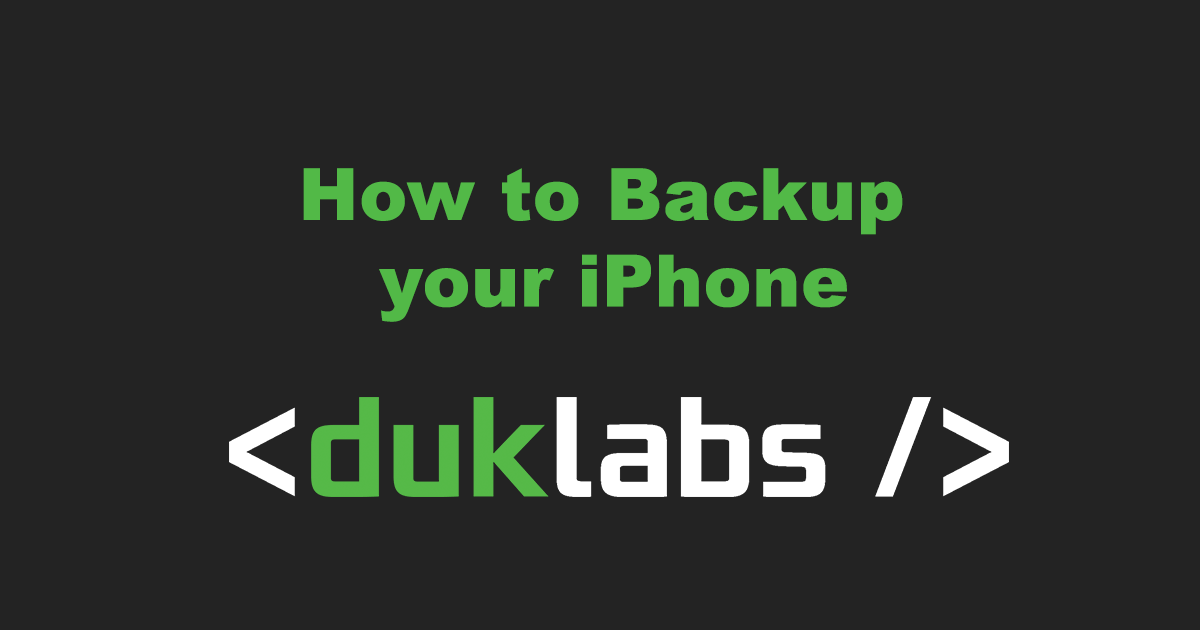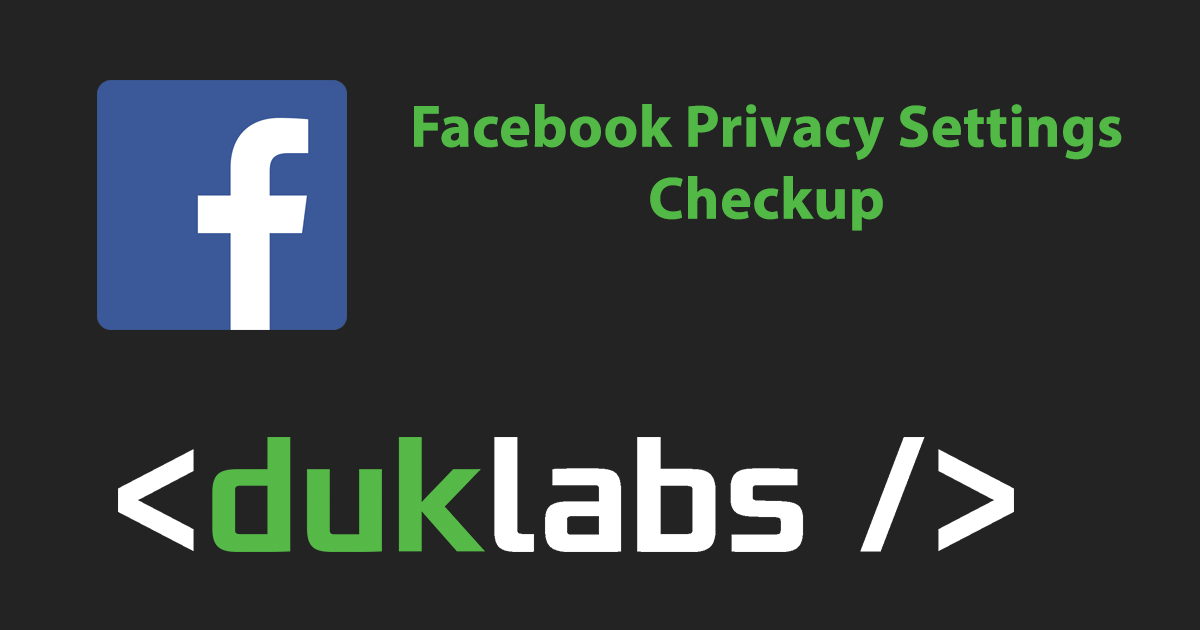duck
Using Family Sharing with iCloud
iCloud is designed to run with one account per person, this includes both adults and children!
If you’re sharing an account with multiple people, you will run into problems like:
* Text messages being sent to all devices on the same Apple ID
* Facetime calls ringing on all devices
* Purchased apps appearing on all devices, whether you want them or not.
* Children having an account with your credit card on it spending your money.
To fix this issue, Apple have introduced Family Sharing. This will let each family member have their own account, while still allowing you to buy an app once and share it across all family members. It also includes features for finding lost phones, allowing you to use GPS to track where people are, shared photo albums and calendars and allowing accounts for children under 13 years old.
Recovery USB Sticks
How to Restore an iPhone
When something goes wrong with your iPhone or iPad, one of the first steps to do is to do a factory reset on the device. This involves backing up your data, downloading the latest version of iOS and then installing it.
iTunes makes it very easy to do!
You will need a computer, your device, a USB cable and upto 2 hours (5 minutes of your time, then a lot of waiting around).
Web Hosting and WordPress Plugins
Using Google Takeout
This is a guide for how to download everything from your Google Account. It’s a good idea to do this every now and then just incase something happens to your Google account (for example you accidentally delete a whole bunch of important emails, or your account gets hacked etc).
Audio Ducking on a Mac
Backing up an iPhone
This article applies for iPhones, iPads and iPod Touches, anything that runs the iOS software. I’ll refer to it as iPhone throughout the article however as that’s what it’s aimed at. The version of the software at the time of writing is iOS 10.3 (it’s pretty similar for the earlier systems too).
iPhone backups are super easy to do, but there are a few little tricks to them. You can back up your iPhone either onto the Cloud, or onto a computer.
The Cloud backup is great in that it will back up all the time, however you are restricted in the amount of data you can save, and it also requires you to have Wifi internet access.
Cherokee and Chevereto
Chevereto is some image hosting software that runs on PHP/MySQL. Here’s a few quick notes for how to get it working with the Cherokee webserver.
In this situation I’m using Cherokee 1.2.103 and Chevereto Free 1.0.7 running on Ubuntu 16.0.4 LTS.
This article assumes you have Cherokee set up and already working with PHP-fpm or some other PHP interpreter.
Facebook Privacy Settings
Facebook has a tool that lets you check on your privacy settings to make sure your profile is locked down. You should check it out (it will take about 30seconds to do).


